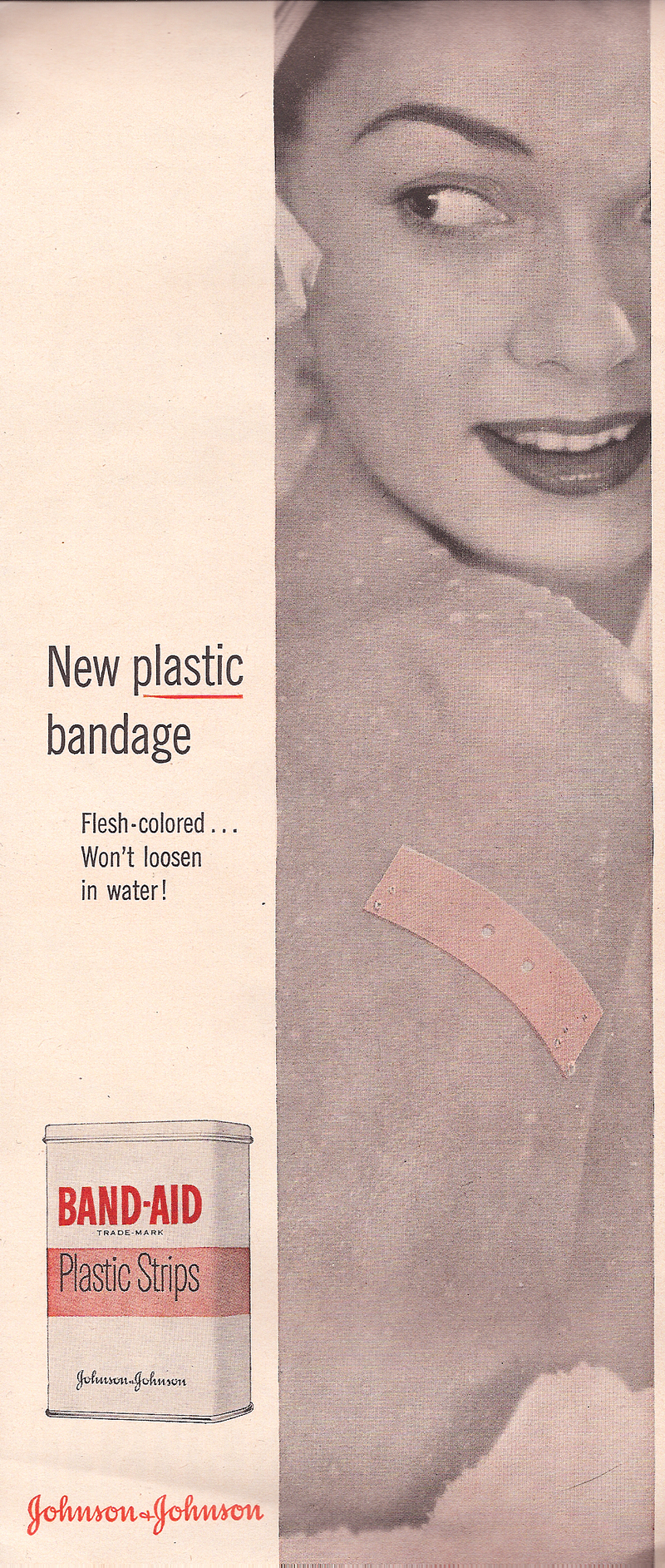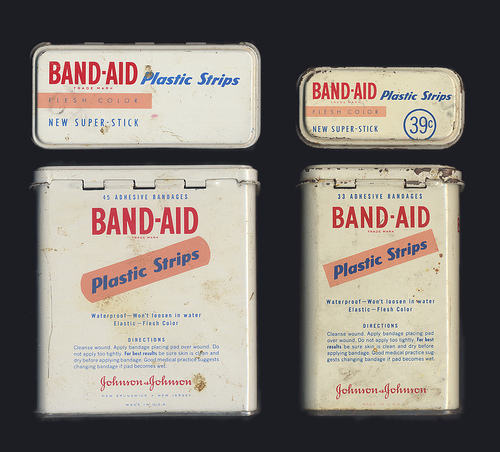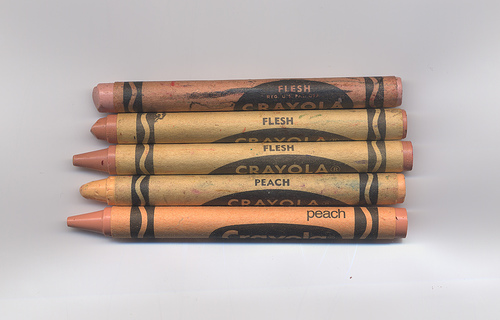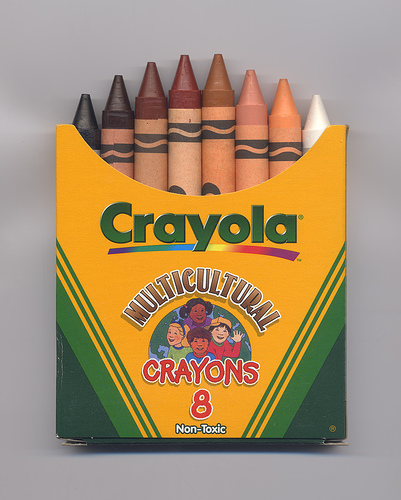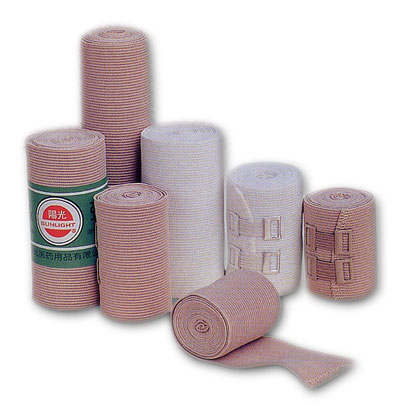The clothier H&M is in the news this week and Craita, Ann C., and Marjukka O. all sent in links to the story. It turns out that they are using a mannequin to display their clothes. Nothing new here. Except that the mannequins are appearing on their website (instead of their brick-and-mortar stores) and they are photoshopping heads of real models onto the figure and changing the skin color, giving it the illusion of being a real person.
The practice is getting plenty of vaguely negative press (ABC, FOX, Guardian, Jezebel). The critique seems to be that the use of a “virtual mannequin” creates even more unrealistic bodily expectations for women than the use of “real” models (with “real” in quotes because of the degree of photoshopping that goes into creating any images of women that appear in fashion-related advertising).
To be honest, I’m having a hard time feeling that this is either qualitatively or quantitatively different than the range of techniques used to produce impossibly idealized bodies (including photoshopping images, using mannequins in stores, using models with unusual body types, and requiring those women to exercise and diet their bodies to achieve an extreme look even given their biologies). (In fact, Nadya Lev at Coilhouse has a positive spin on it.)
What is more interesting, in my opinion, is the way this illustrates the deskilling of labor. Models no longer have to have just the right body, nor do they have to be good at modeling (e.g., posing in ways that flatter clothes while simultaneously looking natural, not to mention the endurance and emotion work). No, instead, modeling is reduced to a pretty face that can be nicely composed. Everything else is done digitally.
Those in the modeling industry, then, don’t see this as an insult to women everywhere, they see it as an insult to models specifically. FOX quotes Michael Flutie of E!’s model search show “Scouted” saying:
It is disrespectful and lazy. It is the job of the brand to properly scout for their models and find those that represent their brand in every aspect. They need to take the responsibility of looking deep into the model pool to find the right people instead of digitally creating what they need…
If this continues, models may face the same deteriorating working conditions that factory workers and many other segments of the U.S. workforce have faced: becoming increasingly obsolete.
For more on modeling, see our posts on the invisibility of labor in modeling, the dismal pay in the modeling industry, the fraudulent “model search,” and the contrasting aesthetics for “high” and “low end” modeling (all based on the work of ex-model, now-sociologist, Ashley Mears).
Lisa Wade, PhD is an Associate Professor at Tulane University. She is the author of American Hookup, a book about college sexual culture; a textbook about gender; and a forthcoming introductory text: Terrible Magnificent Sociology. You can follow her on Twitter and Instagram.


